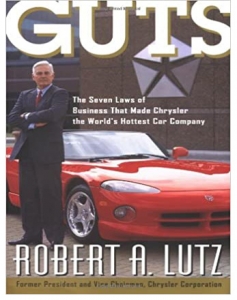In Blogging for Business, Great Questions are Those the Audience Used to Know

“Creating the perfect quiz is an art form,” Breathe Magazine authors explain. In a virtual quiz, they point out, “Great questions are those that the audience used to know and will strain to remember.” That way, rather than being frustrated, giving up and clicking away, audience members will stay engaged and be able to venture an educated guess. A good question should:
- Inform
- Educate
- Entertain
Even if they don’t know enough to even guess the answer, participants will be glad they learned the information after they’ve learned the answer, Breathe advises.
In corporate blogging training sessions, I’m sometimes asked whether quizzes are a good strategy for business blogging. The answer is yes, and for several different reasons. Blog readers tend to be curious creatures and, as a longtime Indianapolis blog content writer, I’ve found that “self-tests” tend to engage readers and help them relate in a more personal way to information presented in a blog.
Breathe’s advice about entertaining an audience is especially important in business blogs. One concern I hear a lot from business owners or professional practitioners is that sooner or later, they’ll run out of things to say in their marketing blog posts. “I’ve already covered my products and services on my website – what else is left to say?” is the question. Paradoxically, effective business blogging is centered around the repeated use of keyword phrases and key themes! One of the biggest challenges in blogging for business over long periods of time is keeping the content fresh. Quizzes constitute a way to vary the menu.
It’s not only the effort needed to remember information learned long ago that engages readers – they love “straining” to understand information about themselves. Over the years at Say It For You, I’ve found that “self-tests” tend to engage readers and help them relate in a more personal way to the information presented in a marketing blog.
There’s yet another advantage to quizzes, I’ve learned. People are looking to their advisors for more than just information; they need perspective. In blog content writing, we provide information to searchers, but they also need guidance as to what they can do about those facts, and ways in which the information can make a difference to them.
The quiz, test, or survey engages online readers’ curiosity. The next step is “nudging” them towards a point of view – or a course of action!





Follow us online!